
Radon (chemical symbol Rn) is a radioactive chemical element highly detrimental for the human body. It is abundantly present in nature. This colorless, tasteless gas develops as a byproduct of uranium decay.
Dangers of Radon
Radon is considered very dangerous. Apart from being capable of causing death, it is also know to be causative factor of cancer. It is estimated that radon represents the second most important cause of lung cancer (the first one is smoking).
Radon poisoning belongs to a group of radioactive poisoning. This chemical element can be found in rocks, soil or water. In a form of gas, radon is easily inhaled and enters the body via the respiratory tract.
What are Symptoms of Radon Poisoning?
It is hard to notice exposure to radon gas because of its characteristics. The major problems is connected to the fact that the gas is colorless, odorless and tasteless which makes it practically impossible to be traced by the human senses.
The gas enters the body via the airway and lungs. Actually its presence in the lung is highly detrimental as it is closely connected with later onset of lung cancer. This type of poisoning has many typical characteristics of radioactive poisoning.
The symptoms of such poisoning are quite similar to symptoms of lung cancer. Namely, patients complain about persistent cough which only improves and gets worse with no tendency to subside. They may also cough up blood and experience difficulty breathing, wheezy breathing, chest pain and hoarseness. Radon poisoning is also responsible for recurring bouts of respiratory infections (both bronchitis and pneumonia). Finally, as it has already been mentioned excessive exposure to radon is a trigger factor to lung cancer.When does the Poisoning Occur?
Radon poisoning occurs when the concentration of the gas is high. It is typical for areas with inadequate or poor ventilation such as mines, crawl spaces and basements of homes and buildings.Radon Poisoning Prevention
The natural outdoor level of Radon gas is 0.4 pCi/L. Even the level below the mentioned is not safe but can be tolerated. Still, if the level of Radon gas is higher than recommended, this is a warning sign for people to become immediately active and apply corrective measures in order to reduce exposure to the gas. The only way to confirm critical level of the gas in the air is to perform frequent air testing. Such testing is obligatory under certain circumstances and is always performed by qualified professionals.


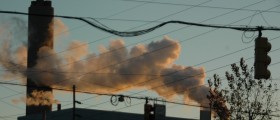


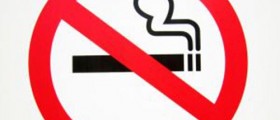
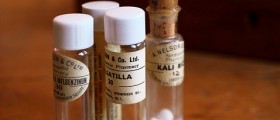


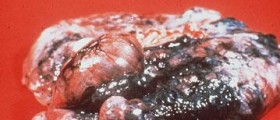
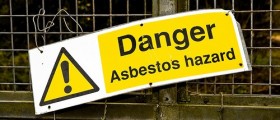
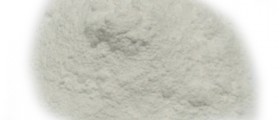
_f_280x120.jpg)
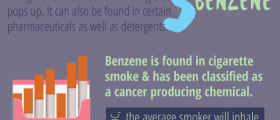
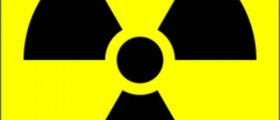


Your thoughts on this
Loading...